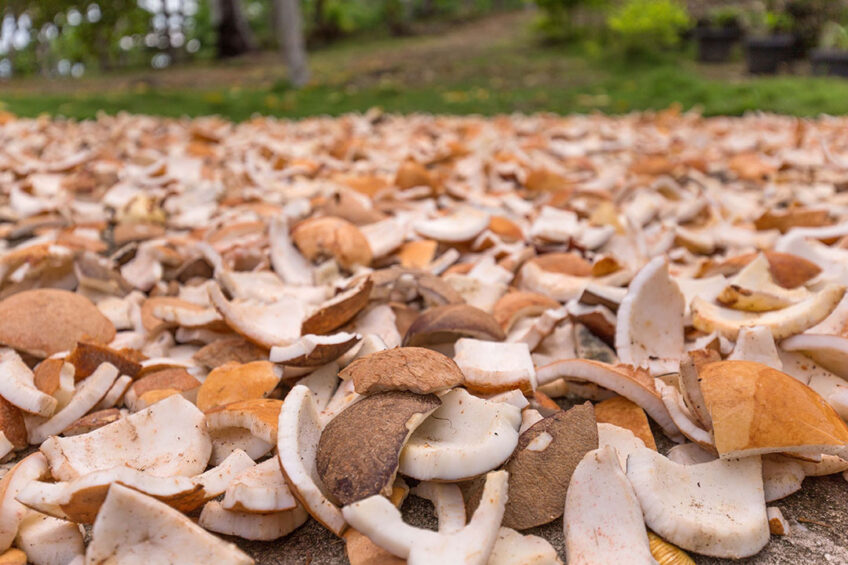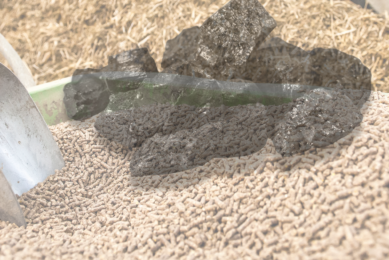Plant-based and animal-derived proteins in swine diets

Dietary protein is required to maintain a pig’s bodily function, growth, and muscle tissue development. Soybean meal is one of the main protein sources in swine diets. However, considering the increasing soybean prices and concerns about consistency of soybean supply, swine nutritionists suggest including efficacious, safe, and cost-effective alternative protein sources in swine diets. Plant-based and animal-derived proteins are 2 of the alternative protein sources to be supplemented in pig diets. This article will discuss these protein sources and factors impacting their selection in swine diet.
Factors affecting protein source selection
Several factors are essential when choosing a protein source for swine diets. These include:
amino acid profile
amino acid digestibility
energy content
anti-nutritional factors presence
nutrient concentration variation
ability to consistent supplementation
cost
production goals
lysine content.
PLANT-BASED PROTEIN SOURCES:
Corn gluten meal and corn gluten feed
Corn gluten meal and corn gluten feed are 2 by-products of corn processing. Corn gluten meal encompasses less fibre compared to soybean meal. However, corn gluten feed has higher levels of fibre compared to soybean meal; thus, it is not as commonly fed to swine. Corn gluten meal contains roughly 58% crude protein, 0.9% lysine, 5% fat, and 2% neutral detergent fibre. Corn gluten feed comprises approximately 17% crude protein, 0.6% lysine, 4% fat, and 28% neutral detergent fibre.
Although, both corn gluten meal and corn gluten feed are deficient in lysine and tryptophan which are critical amino acids for muscle growth and health; therefore, diets containing corn-based proteins require synthetic amino acids to balance lysine and tryptophan ratios.
Canola and copra meal
Canola meal which is derived from expelling or solvent extracting oil from canola seed comprises of 35-38% crude protein, 1.5-2% lysine, 3-10% fat, 23-24% neutral detergent fibre.
Copra meal is a by-product from coconut meat following oil extraction with 20-25% protein levels, high fibre, and low essential amino acids concentration.
Field peas
Field peas, a great alternative source of protein for swine, encompass 22-25% crude proteins, 1.6% lysine, 1% fat, and 13% neutral detergent fibre. Field peas contain relatively high concentration of starch (approximately 43%) providing energy to the diet.
Cottonseed meal
Cottonseed meal is produced in greater abundance than any other protein concentrates and it is often one of the cheapest supplemental feeds available. Cottonseed meal contains 39% crude protein, 1.5% lysine, 6% fat, and 25% neutral detergent fibre. Fibre content of cottonseed meal is greater than soybean meal. In addition, it is necessary to heat cottonseed meal to cause free gossypol to bind with lysine and make it less toxic.
Sunflower meal
Sunflower meal is a by-product from sunflower seeds containing greater fibre concentration than soybean meal. Sunflower meal comprises nearly 31-40% crude protein, 1.1-1.5% lysine, 3% fat, and 30-37% neutral detergent fibre. The protein content of sunflower meal varies from 23% in the whole seeds to up to 40% in a de-hulled solvent extracted meal.
ANIMAL-DERIVED PROTEIN SOURCES
Blood, meat, and bone meal
Blood, meat, and bone meal are obtained from harvesting plants and are heated to eliminate pathogens. Blood meal contains 90% crude protein and 8.6% lysine and meat, and bone meal contains approximately 50% crude protein and 2.6% lysine and is a great source of calcium and phosphorus.
Fish and poultry meal
Fish meal is a highly digestible source of protein obtained from fish processing plants. Factors such as type, species, and freshness of fish affect nutrient content and palatability of fish meal. Fish meal encompasses 63% crude protein, 4.6% lysine and methionine, and high levels of calcium and phosphorus, and omega-3 fatty acids. Poultry meal, obtained from poultry harvesting plants, contains 65% crude protein and 4.0% lysine and limited amount of tryptophan.
Concluding remarks
Improved utilisation rate of alternative plant-based and animal-derived protein sources is essential for sustainable development of swine industry. The above mentioned protein sources are promising materials for pig nutrition, swine farm profitability, and protection of the environment by lowering the carbon footprint production.











